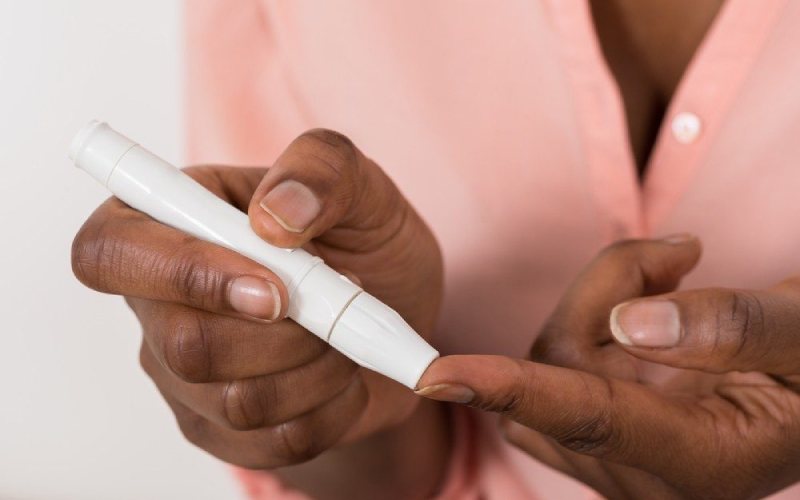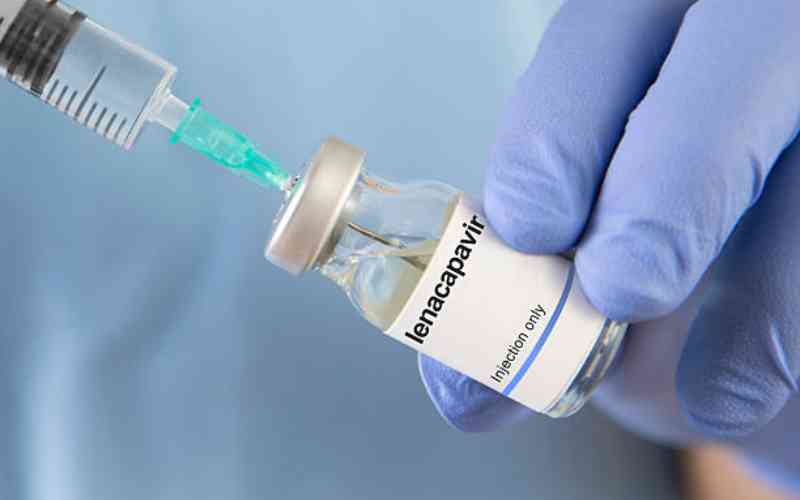
The World Diabetes Day (WDD) is observed today, November 14, and will be themed The Nurse and Diabetes.
This year’s campaign aims at raising awareness around the crucial role played by nurses in taking care of diabetes patients as they account for over half of the global health workforce.
According to the International Diabetes Federation (IDF), WDD is the largest diabetes awareness campaign reaching an audience of over 1billion people in over 160 countries.
Figures
In 2019, 463 million adults (1-in-11) were living with diabetes and the figure is expected to rise to 578million by 2030. 1 in 2 adults with diabetes remain undiagnosed (232 million). The majority have type 2 diabetes. More than 3 in 4 people with diabetes live in low and middle-income countries. 1 in 6 live births (20 million) are affected by high blood glucose (hyperglycaemia) in pregnancy. Two-thirds of people with diabetes live in urban areas and three-quarters are of working age. 1 in 5 people with diabetes (136 million) are above 65 years old. Diabetes caused 4.2 million deaths in 2019. Diabetes was responsible for at least $760 billion in health expenditure in 2019 – 10% of the global total spent on healthcare.Diabetes in Kenya
The World Health Organisation (WHO) estimates that 26% of bed occupancy in hospitals in Kenya consists of diabetic patients while 50 % of kidney patients are found to be suffering from diabetes.
An estimated 478,000 Kenyans are living with diabetes 60% of whom are unaware while It is estimated that the number of children living with diabetes is increasing at a rate of 3.5 % annually.
According to WHO, diabetes is a chronic disease that occurs either when the pancreas does not produce enough insulin or when the body cannot effectively use the insulin it produces. Insulin is a hormone that regulates blood sugar.
Hyperglycaemia, or raised blood sugar, is a common effect of uncontrolled diabetes and over time leads to serious damage to many of the body's systems, especially the nerves and blood vessels.
Types of diabetes
There are three main types of diabetes – type 1, type 2 and gestational.
Type 1 diabetes: Often occurs in children and adolescents and happens when your body produces little or no insulin. You will need daily insulin injections to maintain glucose levels under control.
Type 2 diabetes: More common in adults and accounts for around 90% of all diabetes cases. When you have type 2 diabetes, your body does not make good use of the insulin that it produces. The cornerstone of type 2 diabetes treatment is healthy lifestyle, including increased physical activity and healthy diet. However, over time most people with type 2 diabetes will require oral drugs and/or insulin to keep their blood glucose levels under control.
Gestational diabetes (GDM): A type of diabetes that consists of high blood glucose during pregnancy and is associated with complications to both mother and child. GDM usually disappears after pregnancy but women affected and their children are at increased risk of developing type 2 diabetes later in life.
 The Standard Group Plc is a multi-media organization with investments in media
platforms spanning newspaper print
operations, television, radio broadcasting, digital and online services. The
Standard Group is recognized as a
leading multi-media house in Kenya with a key influence in matters of national
and international interest.
The Standard Group Plc is a multi-media organization with investments in media
platforms spanning newspaper print
operations, television, radio broadcasting, digital and online services. The
Standard Group is recognized as a
leading multi-media house in Kenya with a key influence in matters of national
and international interest.











